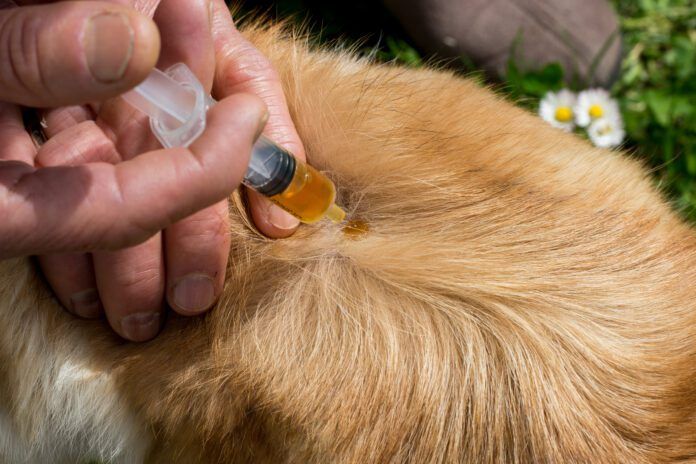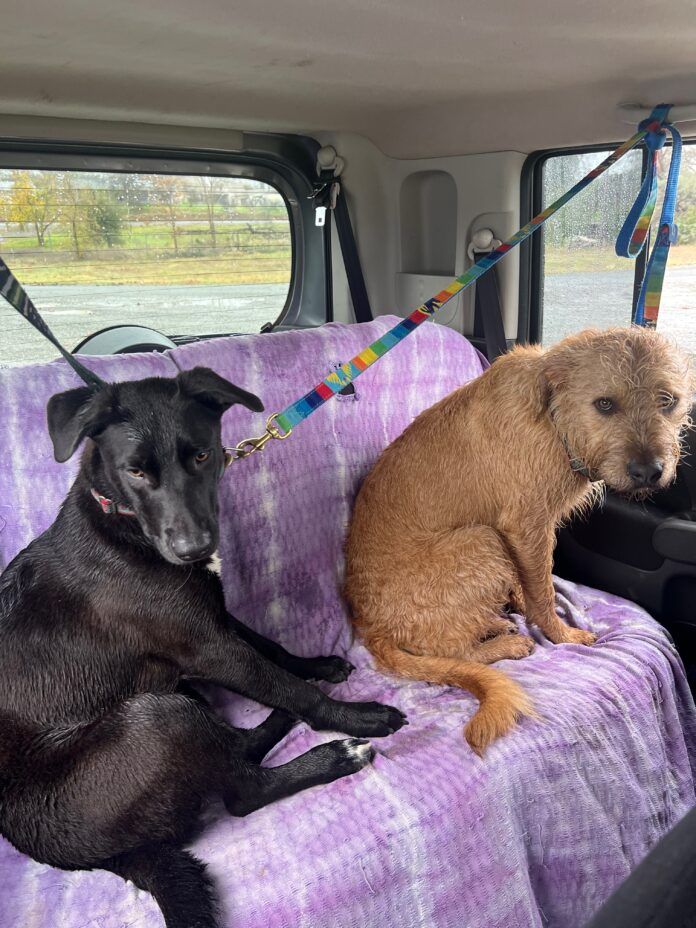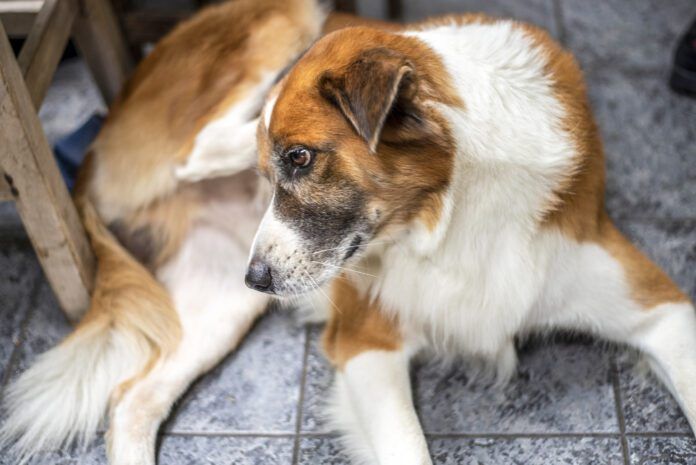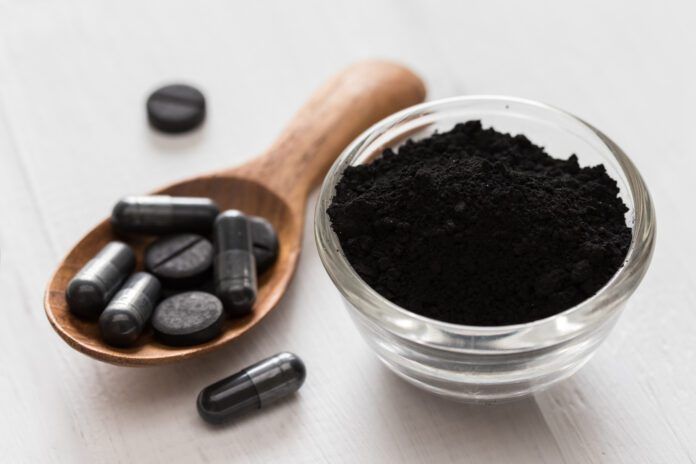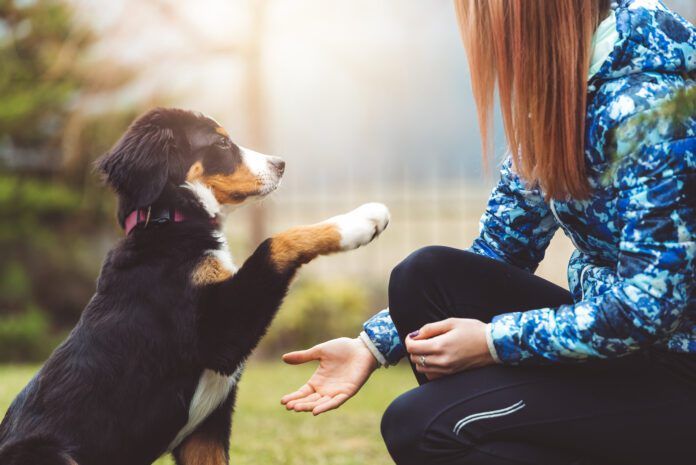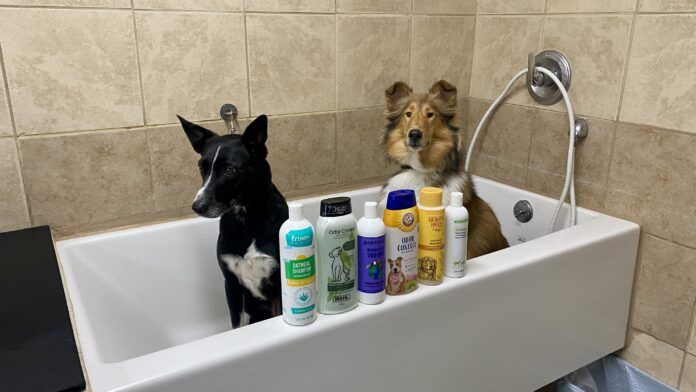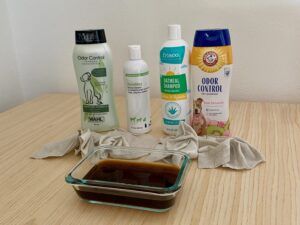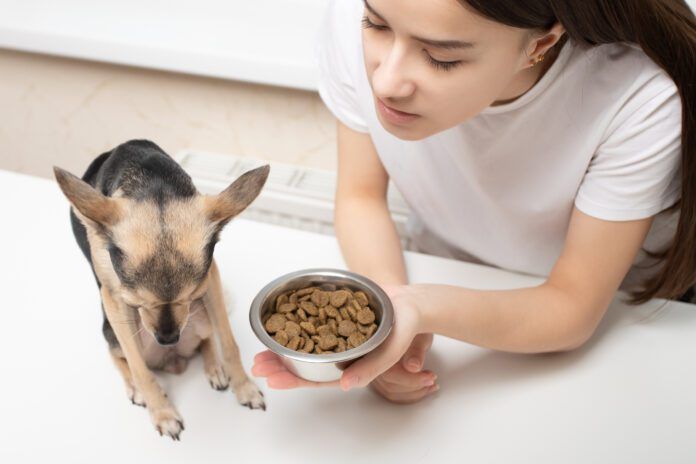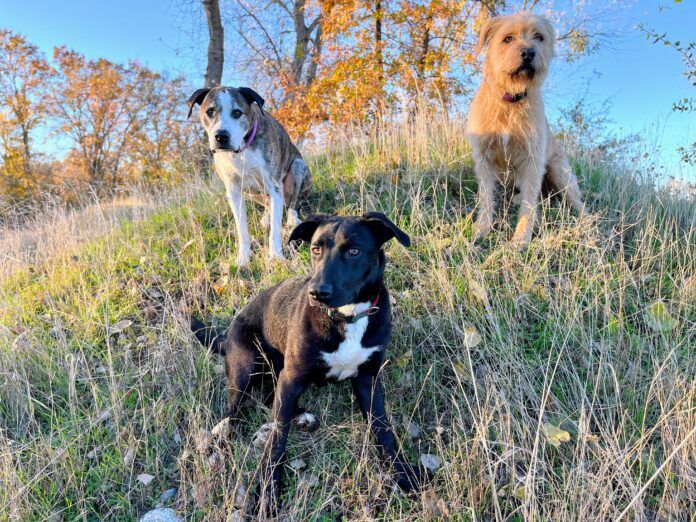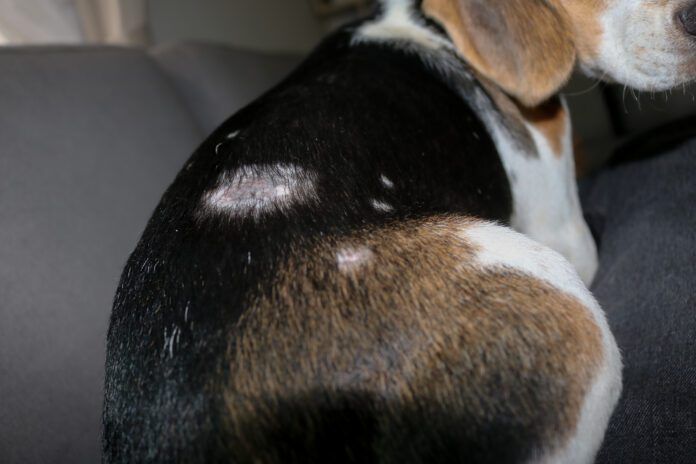While neem oil has its uses as a pest control and skin care product for dogs, it should never be used internally. Although it is considered safe for topical applications on most dogs, ingesting neem oil can result in excessive drooling or vomiting. In some cases, it may also cause skin or eye irritation. If using neem oil, it is important to prevent your dog from licking or swallowing it.
Expressed or extracted from the seeds of the Azadirachta indica tree, neem is a thick, pungent-smelling oil with several important properties. It is reported to be:
- anti-fungal
- anti-bacterial
- antioxidant
- antiviral
- anti-inflammatory
- antimalarial
- anticarcinogenic
As explained in the October 2017 journal Phytomedicine, over 1,000 research articles published on neem have documented over 300 structurally diverse constituents that help explain its effective treatment of acute and chronic human and animal conditions.
Neem oil’s most popular use is as a nontoxic pesticide. Garden supply stores sell neem oil products to control aphids, whiteflies, snails, nematodes, mealybugs, cabbage worms, gnats, moths, cockroaches, flies, termites, mosquitoes, scale, powdery mildew fungus, and other pests by killing or repelling them in different stages of growth.
Because heat damages azadirachtin, neem’s active ingredient, veterinarians and health care experts recommend using cold-pressed neem oil for pet use because it has not been heated and does not contain traces of petrochemicals or processing solvents.
How Does Neem Oil Help Dogs?
Applied topically to dogs, neem oil repels fleas, mosquitoes, mites, and other biting insects. It helps fight or prevent bacterial or fungal infections and supports overall health. Neem oil contributes to healthy hair because its essential fatty acids, when brushed through a dog’s coat, strengthen hair strands and add shine.
Neem oil applied to the skin is absorbed into the bloodstream where it protects dogs from infections and parasites such as hookworms, roundworms, and whipworms. Its anti-inflammatory properties are said to help prevent arthritis pain.
In clinical trials that tested neem products against brown dog ticks in Trinidad, concentrations of neem oil and neem leaf extract killed up to 82% and 95% of ticks on dogs, while the insecticides fipronil and amitraz killed over 99%. Veterinarians familiar with neem oil warn that it may not be effective as a stand-alone treatment for conditions mentioned here, so they recommend combining neem treatments with other methods for best results.
Safety Warnings When Using Neem Oil On Dogs
While topical use of neem oil is said to be safe and effective for most dogs, it’s a good idea to start neem oil treatments with a patch test, applying a small amount of the diluted oil to a square inch of bare skin, such as on the dog’s abdomen. Check it 12 and 24 hours later for any sign of inflammation or irritation. If you notice redness or irritation, your dog may be sensitive to neem and you should use something else.
When using diluted or full-strength neem oil as an insect repellent, place a drop where these creatures tend to spend time, such as near the tail and around the neck and ears,
Neem products are not recommended for pregnant, nursing, or about-to-be bred dogs because neem can interfere with conception and fetal growth. Neem oil shouldn’t be applied to cuts, abrasions, or broken skin. Avoid your dog’s eyes, mouth, nose, and mucous membranes. Encourage your treated dog to lie on a mat or towel until the oil is completely absorbed to avoid spreading it to rugs or furniture.
As mentioned above, neem oil is never recommended for internal use, so prevent your dog from licking or swallowing it.
Some experts warn that neem oil can interact with insulin or thyroid hormone medication, so if your dog is being treated for diabetes or a thyroid condition, consult your veterinarian before using a product containing neem oil.
Should Neem Oil Be Diluted Before Use?
Although cold-pressed neem oil from reliable sources can be applied full-strength to farm animals, dogs, and people, most guides for pet use recommend diluting neem oil.
Any of the following neem mixtures can be applied to repel parasites and treat dry, irritated skin, hot spots, sunburns, ringworm, atopic dermatitis, itchiness from environmental allergies, demodectic mange, and other skin problems.
Neem’s least attractive feature is its smell, which is often described as sharp, nutty, garlicky, and unpleasant, especially for those who are new to the oil. Some dogs dislike the odor while many ignore it. Neem oil is toxic if ingested, so its less-than-attractive odor makes it less likely to be ingested by most dogs.
Three widely used dilution methods are:
- Mix it with a carrier oil. Blend 1 part (such as 1 teaspoon) neem oil with 10 parts (such as 10 teaspoons, which is 3.3 tablespoons or 1.6 fluid ounces) carrier oil, such as coconut oil, almond oil, olive oil, or jojoba oil. Avoid open wounds, cuts, or sores and avoid the eyes, nose, and mouth.
- Add neem oil to pet shampoo. Add 1 tablespoon neem oil to 2 tablespoon dog shampoo immediately before use. If mixed in advance, the neem will become inactive. Thoroughly massage the neem/shampoo mixture into your dog’s skin and coat, let it stand for 5 to 10 minutes, then thoroughly rinse.
- Add neem oil to water and spray. Create a spray by mixing 1 part (such as 1 tablespoon) neem oil with 10 parts (such as 10 tablespoons) of warm water in a spray bottle. Apply it the same day by spraying enough to dampen the skin and coat, and massage or brush the coat to distribute the oil well. Shake well before applying.
Neem for Pest Control
Neem is widely used to treat gardens, lawns, and other outdoor areas to control plant pests, mosquitoes, and other biting insects, plus it can be used indoors to treat flea and bedbug infestations.
To make your own neem pest spray, mix 1 quart (4 cups) water with 1/2 teaspoon liquid soap, then gradually stir in 1 teaspoon neem oil. Pour the mixture into a spray bottle and apply it indoors to carpets, rugs, dog beds, or furniture, or apply outdoors to any affected area. Use the blend immediately after mixing for best results.
Dog-friendly Neem Options
While neem oil is not recommended for internal use, neem bark and neem leaves have been used for centuries to feed livestock, poultry, horses, and pets.
Neem Tree Farms sells a variety of neem products for dogs, including freshly harvested neem bark sticks to chew on (neem is an effective oral care ingredient), neem powder that can be added to food, plus neem pet soaps, shampoos, and conditioners. According to the company’s website, the recommended daily dose of neem bark powder for pets is 1/8 teaspoon per 10 pounds of body weight. To boost immunity, help prevent parasites, deter biting insects, and for overall health, start with twice that amount for 30 days, then continue with the recommended daily dose indefinitely.
All About Neem sells powdered neem leaves, neem bark, and Neem Hot Spot shampoo for dogs.
Theraneem, which specializes in neem products for humans, also sells Neem Pet Shampoo.


